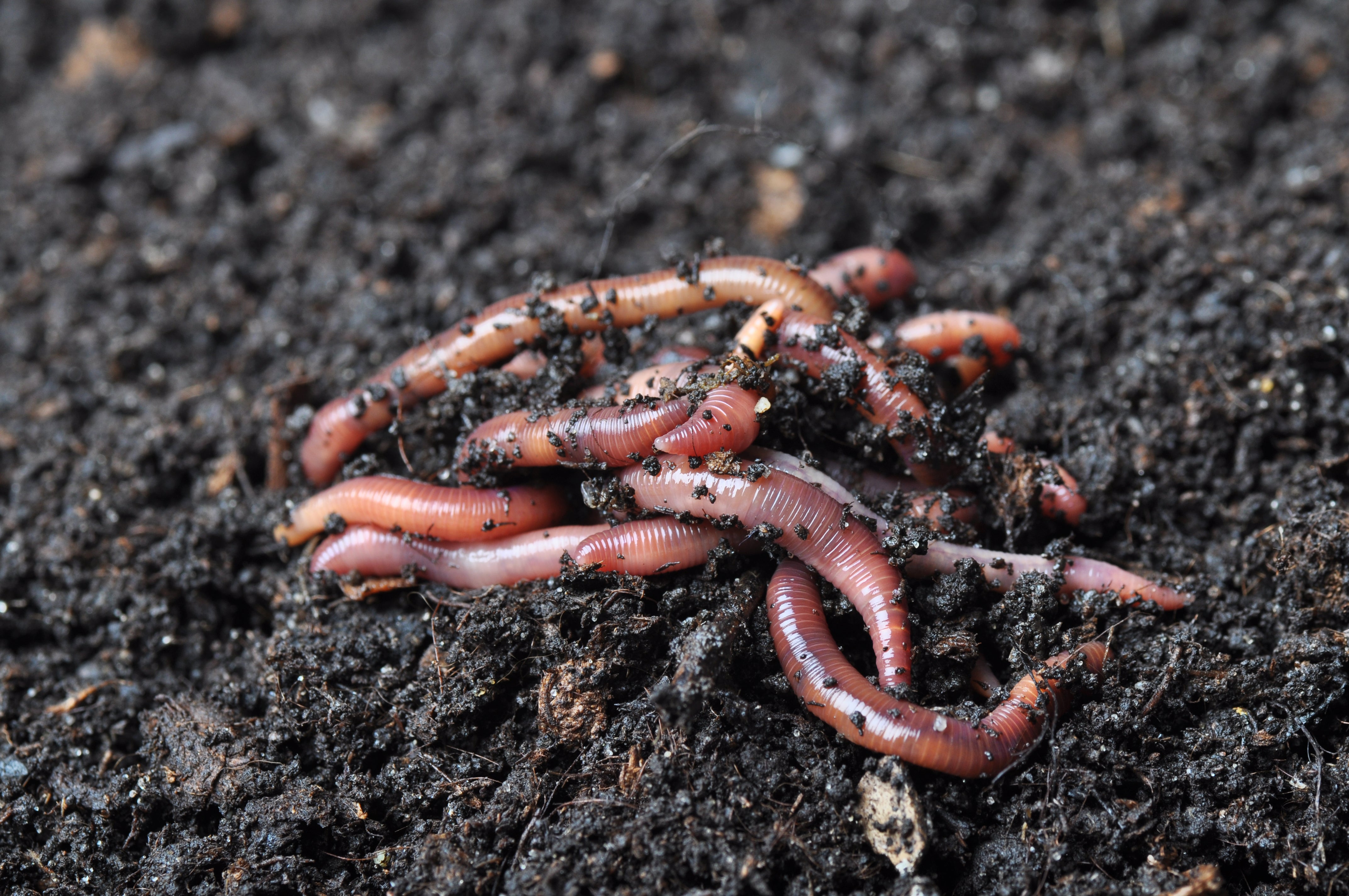The Ultimate Guide To Red Wiggler Express
The Ultimate Guide To Red Wiggler Express
Blog Article
Red Wiggler Express Can Be Fun For Anyone
Table of ContentsRumored Buzz on Red Wiggler ExpressSome Ideas on Red Wiggler Express You Need To KnowRumored Buzz on Red Wiggler ExpressUnknown Facts About Red Wiggler Express
Vermicomposting absolutely isn't a brand-new technique. We've been doing it here at Uncle Jim's for years. But with the worldwide press for sustainability and with green methods growing in appeal, individuals are finally occurring and recognizing the ecological benefits of red wiggler worms and composting. In this short article, we'll go over exactly how vermicomposting sustains sustainable gardening and the environmental advantages of red wigglers and other earthworms.
This is the brief of it. If you wish to read thorough about red wiggles, we have an entire article committed to them below. Currently, allow's get into the nuts and bolts of just how these worms sustain lasting horticulture techniques and benefit the environment: Worm composting is like a spa day for your dirt.
When integrated into your yard soil, these spreadings improve its structure, oygenation, and water retention. This assists with plant development and health and wellness and does not need the use of any kind of chemicals. Did you recognize that natural waste comprises a considerable part of land fill product? And decomposing organic waste in garbage dumps develops huge amounts of land fill gas (LFG), which is consisted of about 50% carbon dioxide and 50% methane a greenhouse gas about 28 even more powerful than CO2.
By diverting your cooking area scraps and lawn waste right into a worm composting bin, you're properly lowering the quantity of organic waste that finishes up in landfills. Forget about chemical plant foods worm spreadings are the real offer.
How Red Wiggler Express can Save You Time, Stress, and Money.

Mix the nutrient-rich worm castings right into your garden soil or use them as a top clothing for potted plants. In a globe where sustainability is coming to be progressively vital, red wigglers shine as unsung heroes of gardening.
Composting may appear like old information, yet doing it with a bin full of worms possibly doesn't. Red wiggler worms provide great benefits to the natural garden enthusiast, creating both a natural plant food and an effective chemical.
Worm spreadings may be bought at stores such as SBS in Vineyard Place or Winery Gardens in West Tisbury, but to increase the worms in a compost bed and harvest your very own spreadings is far more fun. The work of these worms is a component of sustainable living. Red wigglers are native to equine manure, where they tunnel to lay eggs.
Everything about Red Wiggler Express
(https://www.onehbcu.net/hickory/not-for-profit-organization/red-wiggler-express)They can not make a lot of it." He covers the bin with straw, then a piece of old rug. "They like the heat," he says. Lynn explains the production of spreadings and 2 uses: as a fertilizer and as a chemical. "They digest rotting issue. It goes through them and includes calcium to make this rich earth," she claims.
"We call it golden tea," claims Lynn. "I did it to see if it would make a distinction on white flies and aphids. My rosemary had a mold and mildew or fungus. After I sprayed, immediately it looked much better." The red wiggler is a vast dog breeder, laying eggs as often as once a week.
It takes 3 to 5 months for an infant worm to get to sexual maturity and the grown-up length of three inches. Their lifetime is 4 to 5 years unless obviously they are made use of for lure. As freshwater fish lure, wigglers agonize responsible and survive underwater longer than traditional earthworms.

Red Wiggler Express for Beginners

Numerous years ago the Stelle household moved into an Edgartown fixer-upper farm. "I wished to obtain into farming with things that didn't need to be had a tendency to daily like a cow. We were introduced to worm farming and started with 50,000 worms. That seems like a whole lot, but they're really tiny." She originally acquired her worms online from a worm ranch in Vermont.
As one of the Epigeic class of compost worms, the generally does not appear in soils. The worm is red or reddish-brown in shade and has a smooth, round shape.
A red wiggler worm can mature to four inches in size but is usually only regarding two and a fifty percent inches. The worm has a tiny mouth located at the front of its head. It likewise has little bristles, called setae, which help the worm step and anchor itself to surfaces.

Report this page